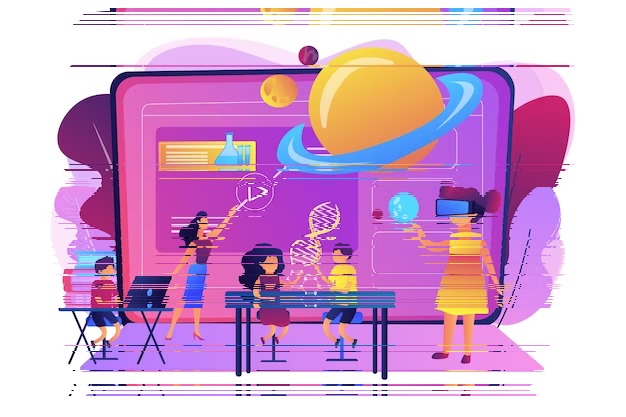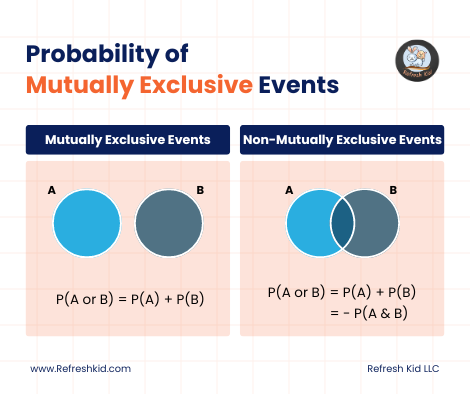In an ever-evolving digital landscape, education has not remained untouched by technological advancements. The future of learning is here, and it's all about harnessing the power of tech trends and gadgets to create a more engaging and effective educational experience. As we delve into "The Future of Learning: Exploring Tech Trends and Gadgets for Students in 2023," we'll uncover the innovative tools and strategies that are reshaping classrooms and online learning environments.
The Role of Technology in Education
Technology has become an indispensable part of modern education, revolutionizing how students access and interact with information. From virtual reality (VR) simulations that transport students to historical events to interactive e-learning platforms that personalize the learning journey, tech trends are redefining education.
AI-Powered Personalized Learning
In 2023, artificial intelligence (AI) is taking personalized learning to new heights. Adaptive learning platforms analyze students' strengths and weaknesses, tailoring lessons to their individual needs. This fosters a more efficient learning process, allowing students to progress at their own pace while mstering concepts thoroughly.
Gamification for Enhanced Engagement
Gamification isn't just about entertainment; it's a powerful educational tool. Integrating game elements into learning experiences increases engagement and motivation. Platforms use rewards, challenges, and interactive elements to transform mundane subjects into exciting quests for knowledge.
Immersive Learning through Virtual Reality
Virtual reality has transcended entertainment to become an educational game-changer. Imagine exploring ancient civilizations, diving into the depths of the ocean, or even traveling to outer space – all from the classroom. VR makes learning immersive, interactive, and unforgettable.
Wearable Technology in Education
Wearable tech isn't limited to fitness trackers; it's also influencing education. Smartwatches and other wearables can provide real-time feedback on students' physical and mental states. This information helps educators tailor their approaches, ensuring students are focused and engaged.
Embracing Augmented Reality
Augmented reality (AR) overlays digital information onto the real world, offering exciting possibilities for education. Textbooks come to life with 3D models, historical figures step out of the pages, and complex concepts are simplified through interactive visualizations.
The Power of Online Collaboration Tools
Collaboration is a crucial skill, and online tools are making it easier than ever. Cloud-based platforms enable students to work together on projects, share ideas, and provide feedback, regardless of their physical location.
Cybersecurity Education for Digital Natives
As technology advances, so does the need for cybersecurity education. With young learners growing up in a digital world, teaching them about online safety, data privacy, and responsible technology use is paramount.
Overcoming Geographical Barriers with Remote Learning
The rise of remote learning has bridged geographical gaps, allowing students to access high-quality education regardless of their location. Virtual classrooms connect students and educators worldwide, fostering a global community of learners.
Blending Physical and Digital Learning Spaces
The future of learning involves a seamless blend of physical and digital spaces. Interactive whiteboards, digital textbooks, and online resources complement traditional classroom setups, creating a dynamic and versatile learning environment.
Harnessing Big Data for Educational Insights
Educational data analytics provide valuable insights into student performance, learning patterns, and areas of improvement. This data-driven approach helps educators adapt their teaching strategies to optimize learning outcomes.
Eco-Friendly Tech Initiatives
Sustainability is a hot topic, and education is joining the movement. Schools are adopting eco-friendly practices by leveraging solar-powered devices, energy-efficient gadgets, and digital textbooks, reducing their carbon footprint.
Revolutionizing Assessment Methods
Traditional exams are giving way to innovative assessment methods. E-portfolios, project-based evaluations, and real-world simulations enable students to showcase practical skills and knowledge, preparing them for future careers.
The Rise of EdTech Startups
EdTech startups are driving innovation in education. These entrepreneurial ventures introduce fresh ideas, tools, and resources that cater to modern learning needs, pushing traditional educational institutions to adapt and evolve.
Nurturing Creativity with Digital Tools
Creativity is a cornerstone of education, and digital tools are fostering artistic expression. Graphic design software, music composition apps, and video editing tools empower students to explore and showcase their creative talents.
Addressing Learning Disabilities through Assistive Tech
Technology is breaking down barriers for students with learning disabilities. Assistive technologies, such as speech-to-text software and customizable e-readers, empower these students to learn effectively and independently.
Ethical Tech Use and Digital Citizenship
Teaching ethical tech use is vital in a digital age. Educators guide students to become responsible digital citizens who understand the impact of their online actions and contribute positively to the digital realm.
Conclusion
As we navigate the ever-changing landscape of education, it's evident that technology is a driving force in shaping the future of learning. From personalized AI-driven lessons to immersive virtual reality experiences, students today have access to an array of tech tools that make education engaging, interactive, and effective. The tech trends and gadgets explored in this article showcase the exciting journey education is taking in 2023 and beyond.








